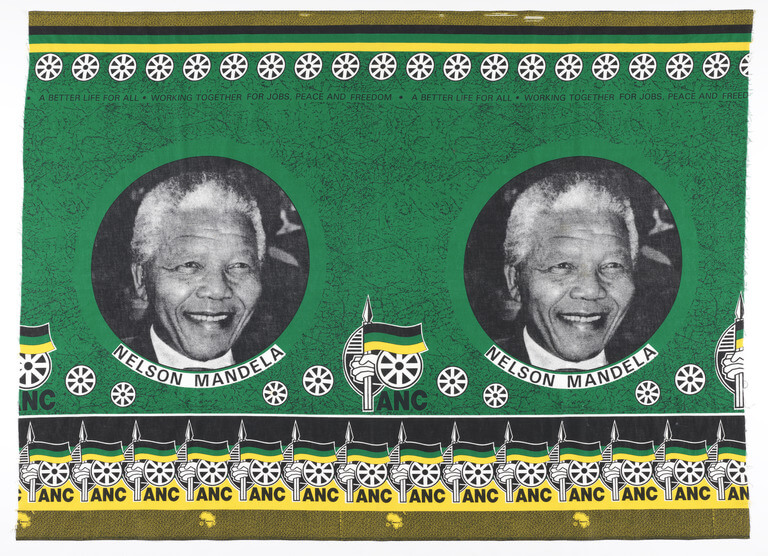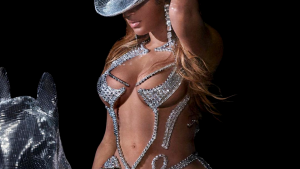African fashion is not always about hidden political meanings, “some fashion creatives simply want to make beautiful clothes” said Dr Christine Checinska at a recent V&A Africa Fashion lecture.
By 1960, 17 African countries had rid themselves of colonial rule and new artistic expressions through fabric fashion began to emerge. This resulted in African fashion sometimes being used as a political act, but this isn’t always the case. “It’s easy to fall into the trap of assuming that all African fashions are acts of deliberate creative agency or that all African fashions have hidden political meanings”. “Some fashion creatives simply want to make beautiful clothes”, says Dr Christine.

Credit: Philippa Gedge Photography
Dr Christine Checinska V&A Senior Curator African and African Diaspora: Textiles and Fashion, was speaking at a recent lecture titled The Politics of Fabric and Fashion in Africa 1960-Today. Also responsible for the ongoing ground-breaking V&A Africa Fashion exhibition, Dr Christine explored how fibre and fabric carried meaning in the moment of independence among African countries during the lecture.
Read on for more highlights from the lecture.
Africa fashion history
Assisted by images from the V&A Africa Fashion exhibition, Dr Christine explained the history of different African fashions, including the facts behind “ankara cloth”. She explained that the print cloth, sometimes referred to as Dutch wax or African print has Indonesian roots. Its production is linked to ‘Empire-building and colonisation by Europeans’.

Dr Christine said: “Print has been fashionable in West and East African since the late 19th century”.
This is because the original batik print, which originates from Indonesia was taken by Europeans in hope of imitating it to sell overseas. However, the imitation that the Europeans created from this cloth created crackles in the wax. This imitation consequently failed to sell in Indonesia. But West Africans liked the cracks in the wax, as it presented a unique look. This explains why ankara is a popular print in countries like Nigeria, today.
“Some fashion creatives simply want to make beautiful clothes.”
Dr Christine talked about the ANC (African National Congress) print cloth which is popular in South Africa. This cloth typically uses photographic elements and vibrant colours from the ANC flag – black, green and yellow. She explained how these types of prints are used to wear as clothing as well as adorning households. To illustrate further the importance of fabric to the continent, Dr Christine quoted artist Sonya Clark who said: “Cloth is to the African what monuments are to westerners”.

Credit: V&A
Curating the V&A Africa Fashion exhibition
In the Q&A session of the lecture, listeners gained greater insight into the intentions behind the Africa Fashion exhibition.
“We were wanting to give people a glimpse of the diversity of the continent”, said Dr Christine. She went on to explain that they referenced four different types of skin tones and four different hair textures/styles through the mannequin development for the fashion items.
What’s more, Dr Christine explained that the museum built the mannequins to fit the clothing rather than the reverse, which is often what is done in the fashion industry.
“We were wanting to give people a glimpse of the diversity of the continent”
Speaking on the mindset of the African designers involved in the exhibition, Dr Christine said that they are not interested in comparing themselves to ‘global north markets’, which she described as exciting. She explained that the designers don’t feel the need to water down their messaging through their fashion and they are not going to bend to fit what the global north is expecting.
Acknowledging the topic of cultural appropriation, Dr Christine’s viewpoint is that “it cannot continue.” She referenced brands such as Ralph Lauren getting called out for attempting to perform such acts.
The Africa Fashion exhibition at the Victoria & Albert Museum, in Gallery 40, is open until 16 April 2023.












